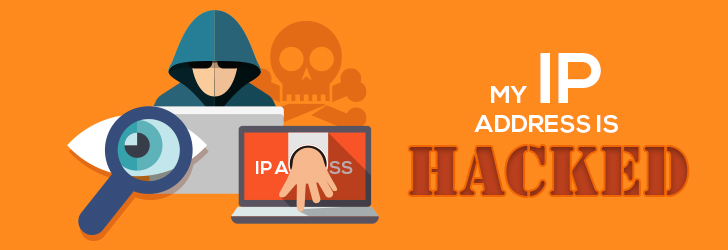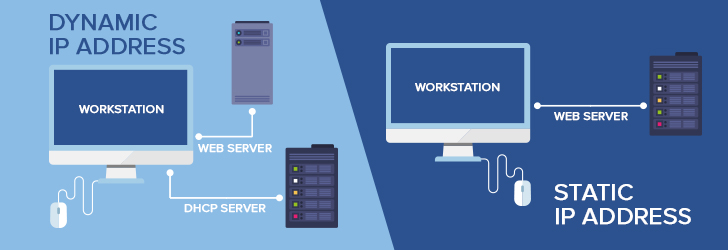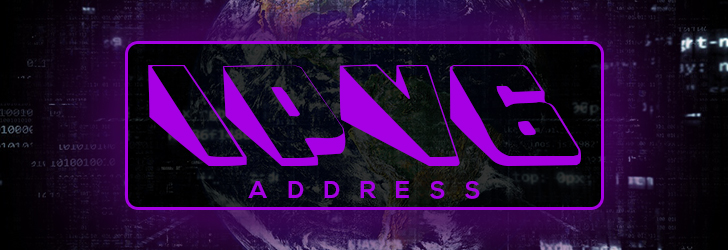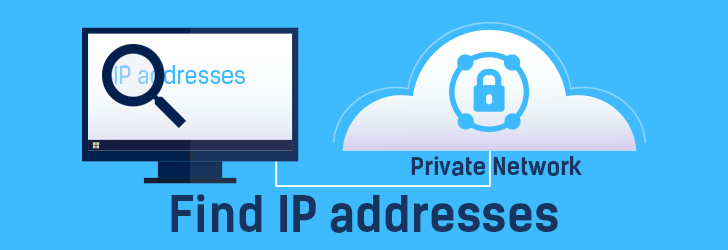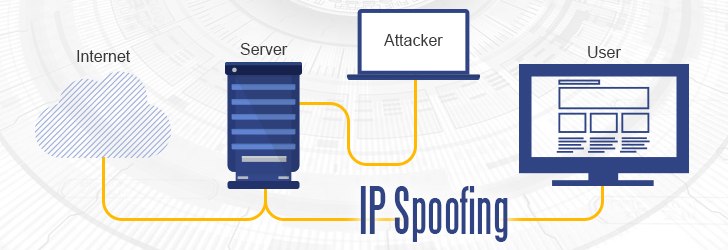
By finding IP address of yourself or a person you wish to lookup, the geolocation lookup tool provide you with an estimate of where this IP address is located. American Registry of Internet Numbers, also known as ARIN, maintains the Whois Database containing contact and registration information for IP addresses. The companies requiring IP addresses obtain and register them with ARIN, and those IP addresses obtained are assigned to their users and customers. Internet Service Providers (ISPs) assign a dynamic IP address to a user when their customers connect to the Internet. Since a company may be located throughout a large region (or a country), the accuracy of geolocation may vary depending on how they assign them to their users.



